According to the mainstream media it’s the southern Great Barrier Reef that has been hit hardest with coral bleaching, and particularly the corals in the Capricorn region that includes Great Keppel Island. I have a home in Yeppoon, which is just a short ferry ride away. I have been keen to go see for myself, but the weather has been less than ideal.
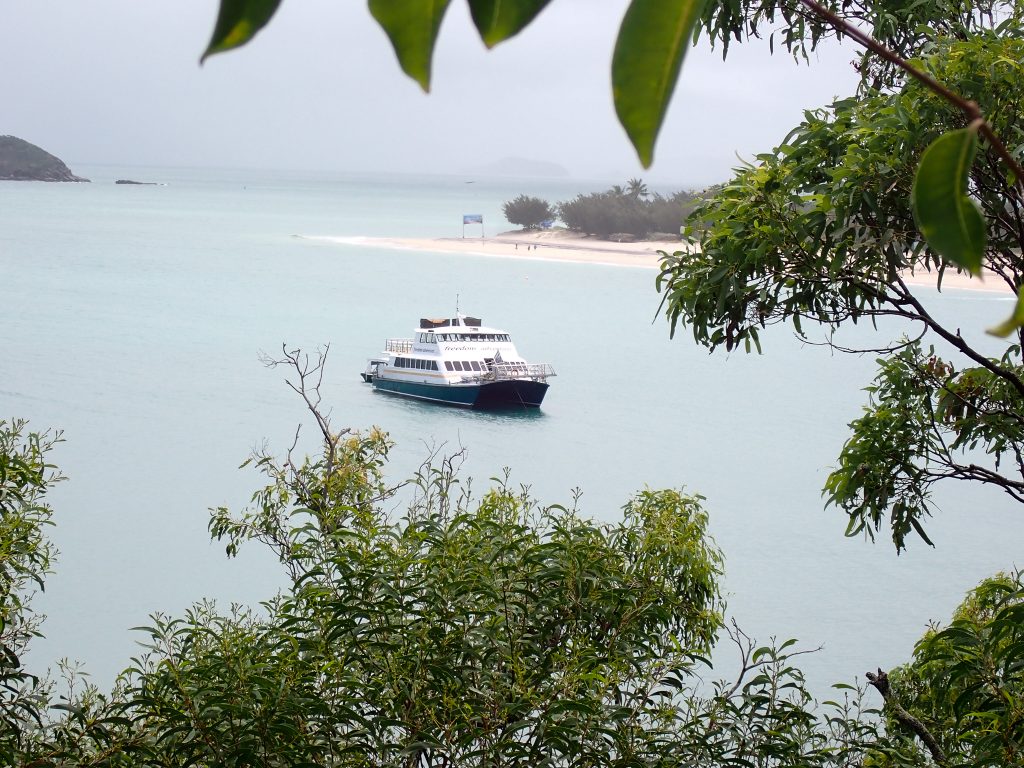
The dive shop on the island has been telling me there is some bleaching, but it’s hard to see because visibility is a problem. That has been the situation for the last week – since John Abbot and I drove back to Yeppoon from Noosa.
By ‘visibility’ they mean the distance one can see under-the-water.
Yesterday, Friday, I nevertheless caught the ferry across to the island and made my way around to Monkey Beach reef.
Great Keppel Island is located just to the northeast of the mouth of the Fitzroy River, so when there is a lot of wind and particularly a lot of rain, the water can become murky to the extent you cannot see the corals even if they are just, one metres below, which was the situation yesterday.
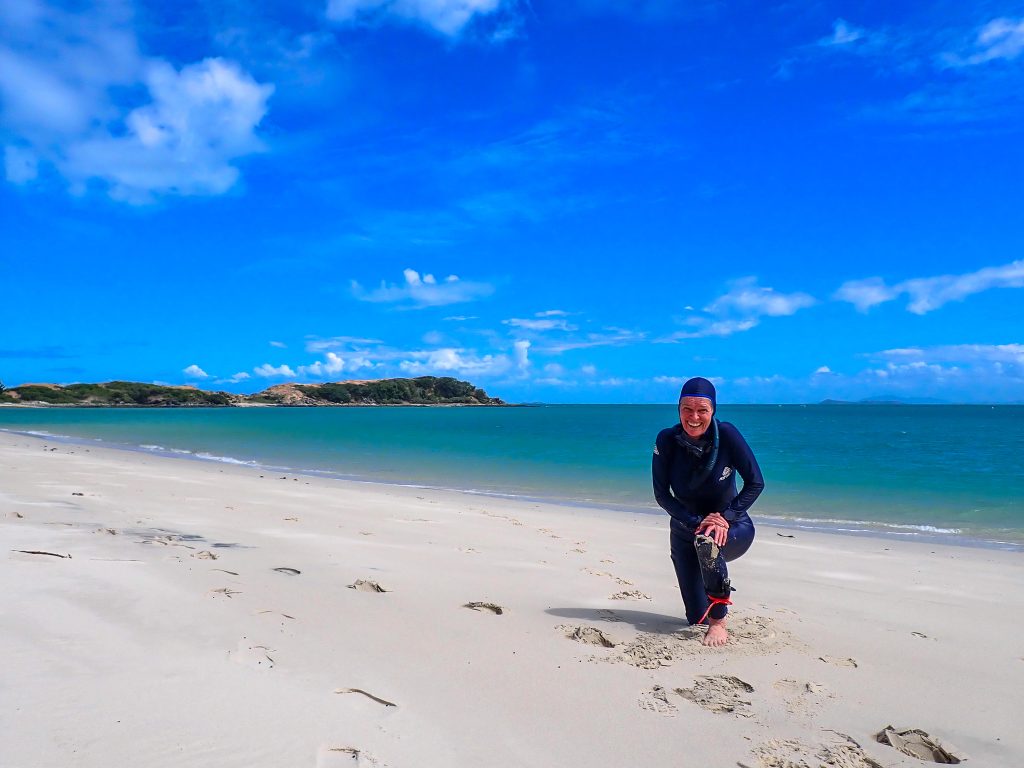
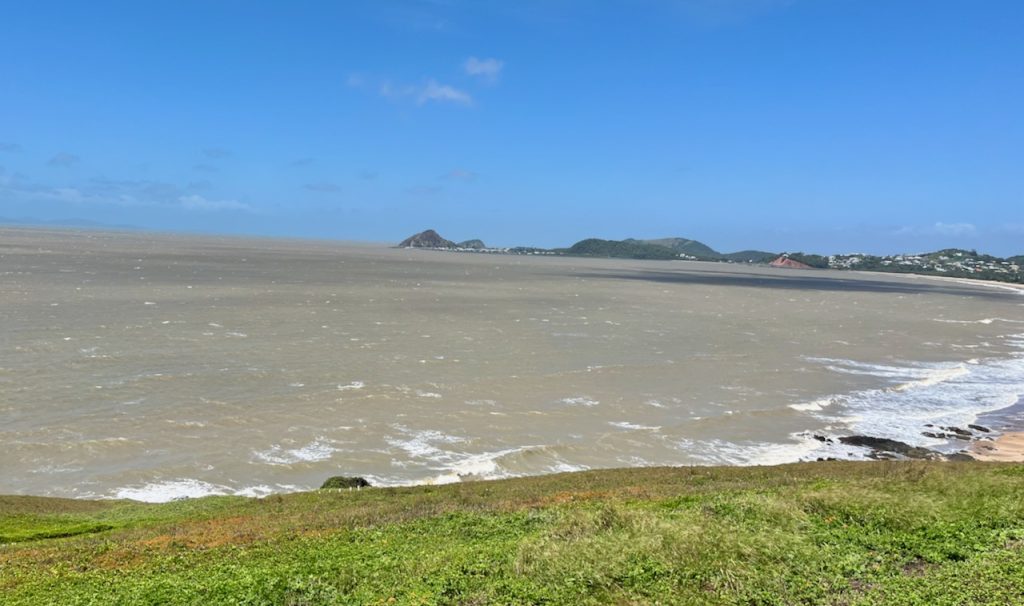
While the coral bleaching has been blamed on elevated sea temperatures, which may be the situation, it’s hard to know for sure.
The coral bleaching could be from freshwater runoff, from the Fitzroy River.
The Fitzroy River drains the single largest area (approximately 143,000 km2) of the Great Barrier Reef catchments and discharges into the largest estuary and then into Keppel Bay. The Keppel Islands within the bay have many fringing inshore coral reefs, including Monkey Bay reef.
When I look at the data for Rosslyn Bay marina, just across from the island and around the bay from where I live in Yeppoon, the most remarkable thing is the drop in sea-level at the end of last year, 2023.
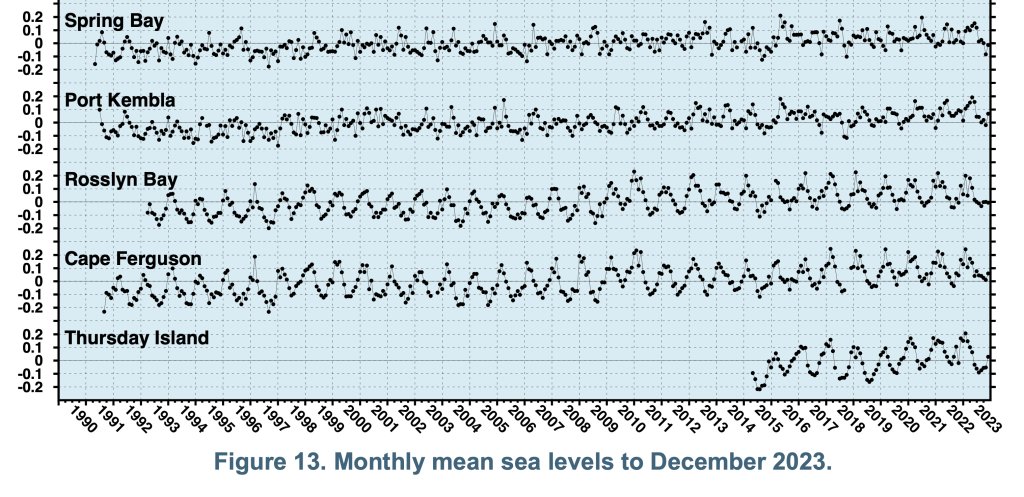
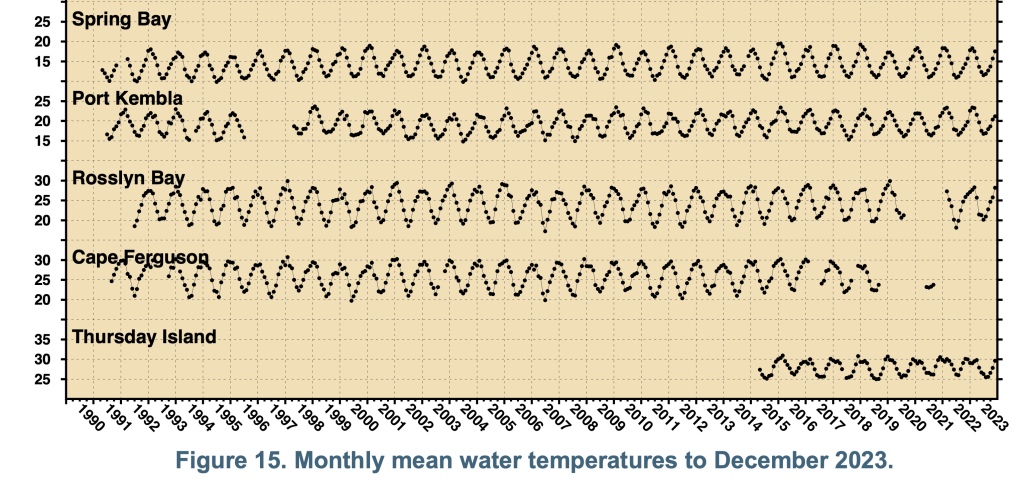
Low tides associated with low sea levels can also cause corals to bleach; particularly if the low tides occur on sunny days when there is significant incoming solar radiation and not much wave action.
The lower than usual sea levels are perhaps due to the El Nino, with all the water sloshing across to the other side of the Pacific because the trade winds haven’t been blowing as hard as usual.
Sooner or later, I will get back out to Monkey Beach reef, and I will report what I see, once visibility has improved and I can see the corals again. In the meantime, consider subscribing for my irregular email newsletter so that I can keep you in the loop.
Subscribe here: https://jennifermarohasy.com/subscribe/
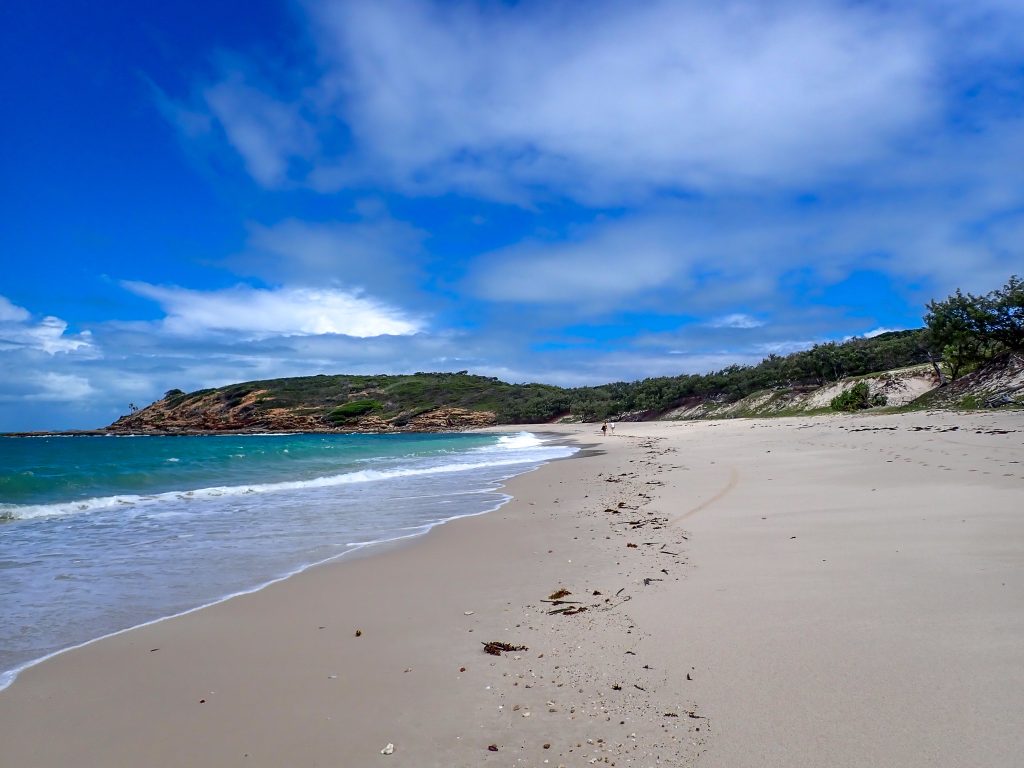
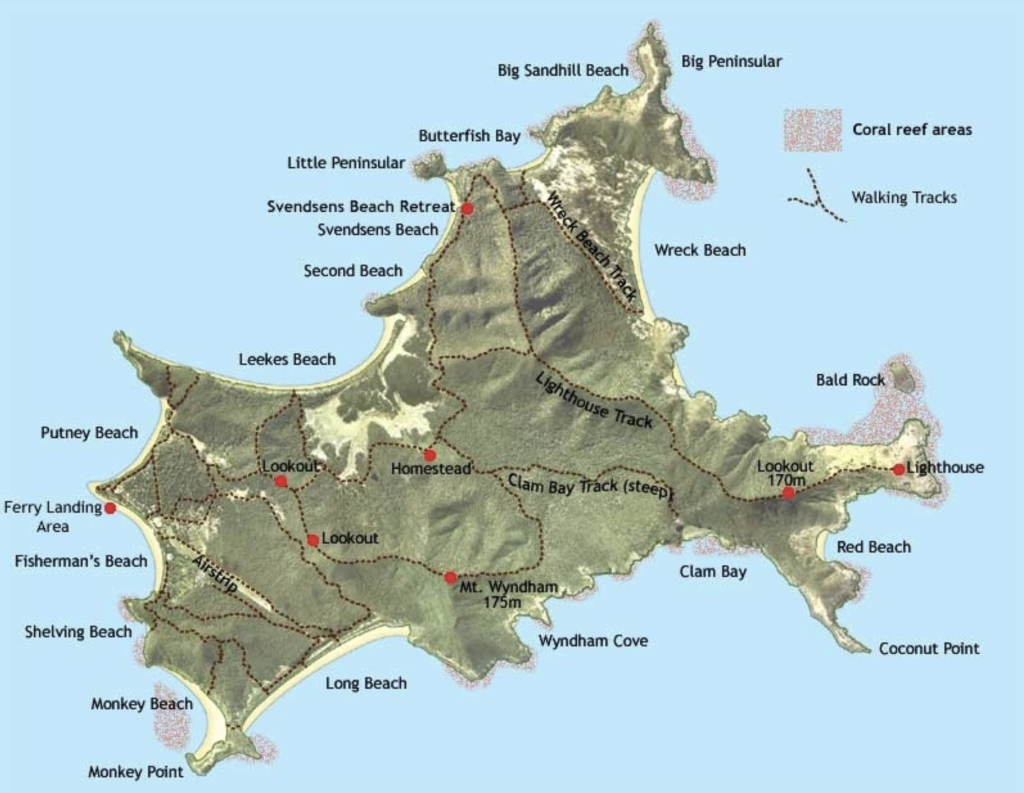
Can anyone find me some location specific up-to-date sea temperature data for anywhere at the Great Barrier Reef? Not the colour maps, that are variously based on homogenised satellite records.
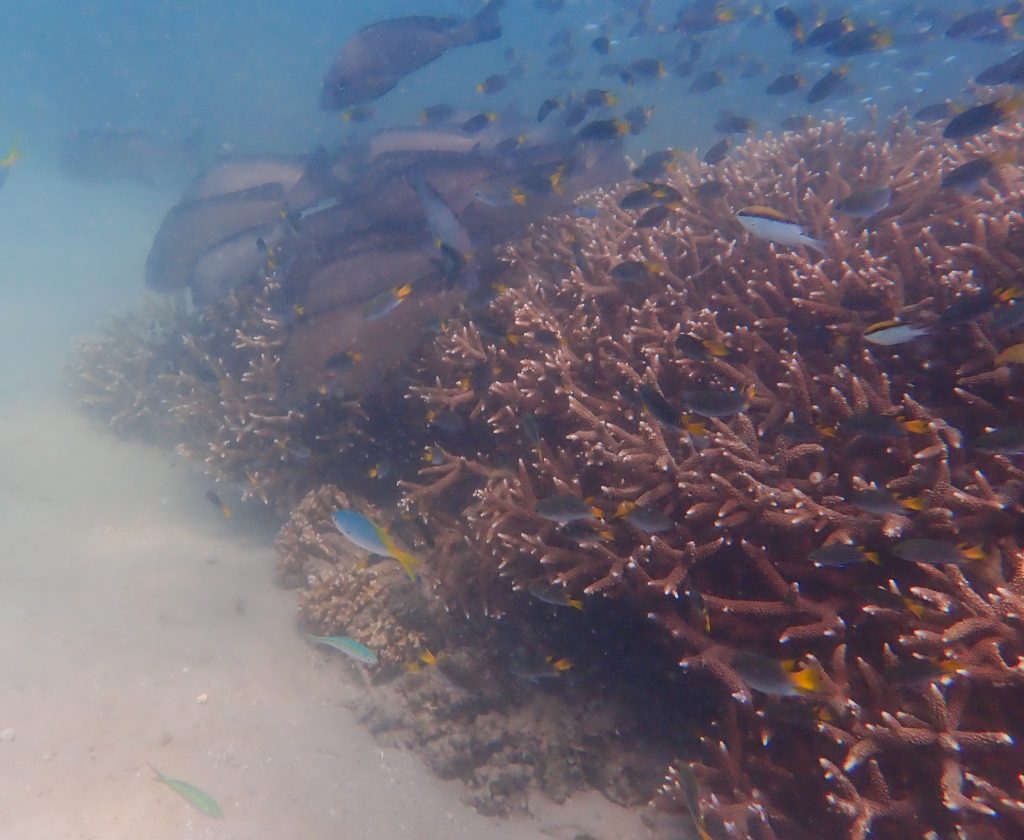
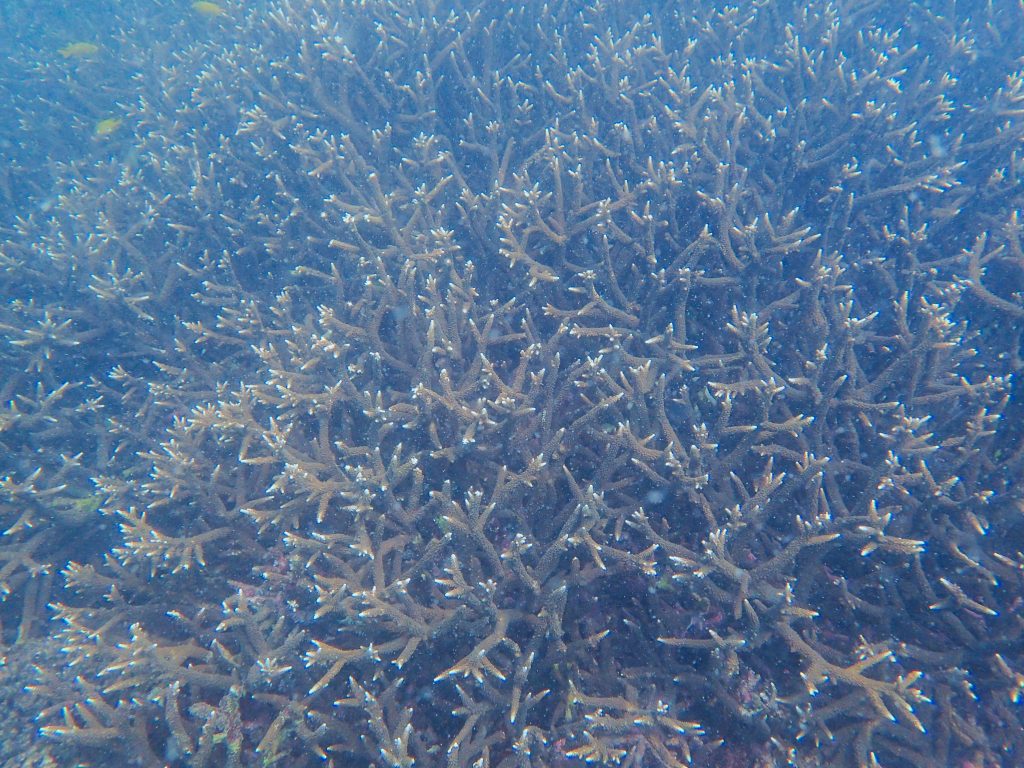
*****
The feature photograph is of Jennifer Marohasy sitting in Fisherman’s Beach waiting for the ferry later in the afternoon on 15th March 2024.

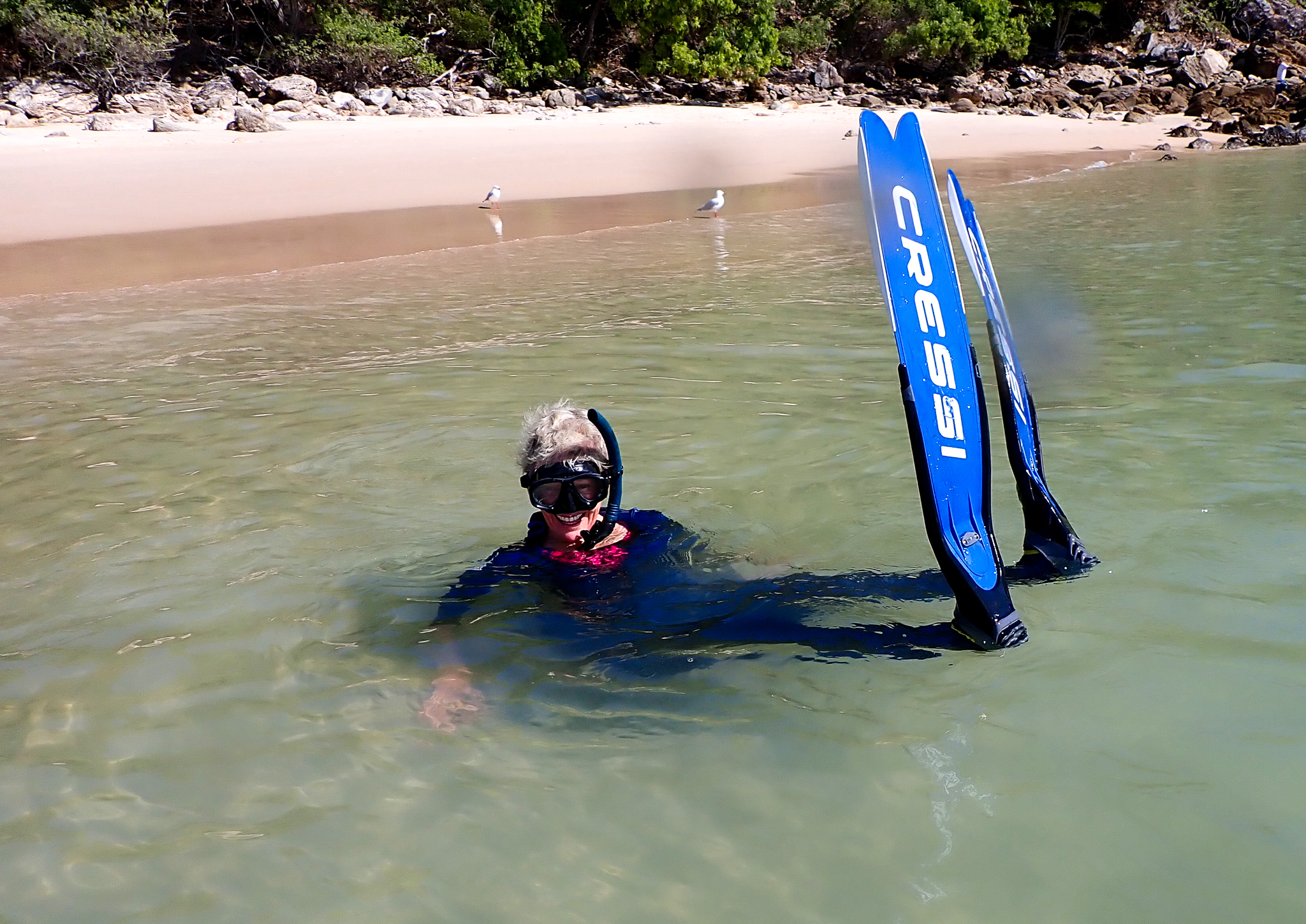
 Jennifer Marohasy BSc PhD is a critical thinker with expertise in the scientific method.
Jennifer Marohasy BSc PhD is a critical thinker with expertise in the scientific method.

Jennifer, I’ve been waiting for your response to the recents bleaching stories in the media. The drop in sea-level at the end of last year and freshwater runoff, from the Fitzroy River seem far more likely causes of recent bleaching and I wonder if reduced visibility had a role to play in the aerial surveys which triggered the recent alarmist narrative.
Sea-level changes and freshwater runoff are regular events and it would be interesting to see if bleaching events over time have any correlation.
I thank you for your continued surveillance Jennifer. The surf certainly did not look inviting last weekend from Keppel Sands.
Inshore corals around Bowen look ok but turbidity doesn’t allow the greatest view. Far too Windy out wide
Thanks Jen. Looking forward to your assessment of the facts as opposed to the usual stories of alarmist convenience.
But seas were shallower and warmer which would have caused some bleaching.
El Nino and sea level drop is the big factor in coral bleaching:
https://bg.copernicus.org/articles/14/817/2017/
cohenite, you have, of course, read more recent research by Ampou which notes, “Coral reefs are vulnerable to predict climate change because they bleach rapidly and dramatically in response to increase sea surface temperatures (SSTs). Corals live in environments that are close to their thermal threshold (the upper temperature limit for life), and even temperature increases by 1 or 2ºC above average over a sustained period of time (i.e. a month) can cause mass bleaching”.
Thank you Jen for your ongoing research and surveillance on the corals of our magnificent GBR. It’s a shame those so-called “experts” from AIMS etc can’t think beyond the propaganda of the climate change alarmists, and consider the actual evidence. It’s always “human induced climate change” with them. And again the report was based only on aerial (helicopter) surveys! Crazy science!
“Alan says
March 17, 2024 at 8:47 pm”
Link thank you.
You will be aware that AIMS show every little temp movement in the water around the GBR:
https://apps.aims.gov.au/metadata/view/6a0ba674-f7c0-4590-baba-2242c3dc265b
A good analysis of the AIMS temp record is here:
https://wattsupwiththat.com/2017/10/02/great-barrier-reef-2016-coral-cover-loss-and-local-sea-level-fall/
“Our in-water surveys have now documented coral bleaching in both the far north and the southern Great Barrier Reef islands, and the Great Barrier Reef Marine Park Authority has confirmed a mass coral bleaching event is unfolding.”
Alan says
March 19, 2024 at 1:35 pm
“Our in-water surveys have now documented coral bleaching in both the far north and the southern Great Barrier Reef islands, and the Great Barrier Reef Marine Park Authority has confirmed a mass coral bleaching event is unfolding.”
Where’s this from?
cohenite,
Here…
https://www.jcu.edu.au/news/releases/2024/march/coral-bleaching-at-islands-across-the-north-and-south-of-the-great-barrier-reef
Please update the degradation of the GBR due to increasing temperatures.
Please report on the current status of this mass bleaching event.
Kevin & Reef4All,
I’m currently in south east Queensland, flying to Townsville on Tuesday. I’m planning to spend two days in the central section next week, weather permitting, to survey several mid-shelf reefs. I will report on that.
I will then return to Yeppoon, and try again to visit Monkey Beach reef.
Thanks for caring.
Thank you. I think most Australians care about the future of the Great Barrier Reef and the impact of industrial run-off and climate change.